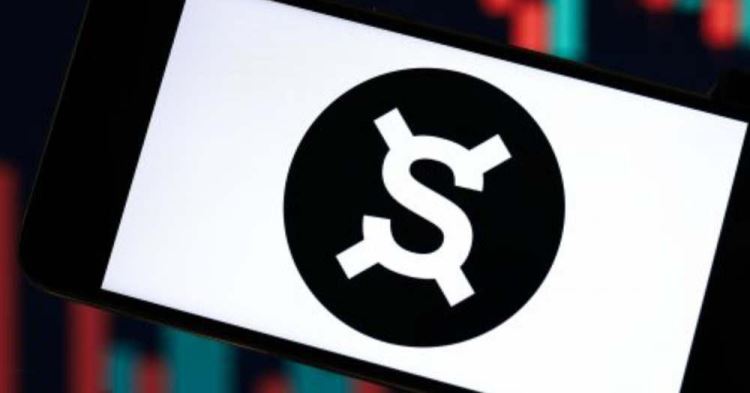
The FXS token is an important part of the Frax protocol, and with the launch of Frax v2, its functionality and applications have been further expanded. This article will take an in-depth look at the Automated Market Operation Controller (AMO) introduced in Frax v2, and its impact on the FXS token.
Background of Frax Protocol
The Frax protocol is a stablecoin protocol that incorporates a partial algorithmic stabilization mechanism, aiming to keep the value of the FRAX stablecoin stable by dynamically adjusting the collateral ratio (CR). In Frax v1, this mechanism mainly relies on changes in market prices for dynamic balance.
How Frax v1 works: In Frax v1, the protocol’s collateral ratio is dynamically adjusted based on the market price of the FRAX stablecoin. If the price of FRAX rises above $1, the collateral ratio decreases (decollateralization). Conversely, if the price of FRAX falls below $1, the collateral ratio increases (rehypothecation). This mechanism ensures that the FRAX stablecoin is always redeemable for $1.
Specifically, when the collateral ratio is 85%, users will receive $0.85 USDC and $0.15 FXS tokens each time they redeem FRAX. This mechanism can be abstracted into the following three states:
Decollateralization - When the FRAX price is above $1, each adjustment reduces the collateral ratio.
Balanced - When the FRAX price equals $1, the collateral ratio does not change.
Rehypothecation - When the FRAX price is below $1, each adjustment increases the collateral ratio.
This underlying mechanism allows the Frax protocol to dynamically adjust its balance sheet ratios based on market demand, thus keeping the value of the FRAX stablecoin stable.
Frax v2: Automated Market Operations Controller (AMO)
Based on Frax v1, Frax v2 further introduces the "Automated Market Operation Controller" (AMO), an automated contract that can execute arbitrary monetary policies without changing the FRAX price anchor. This means that the AMO controller can algorithmically conduct open market operations, but cannot mint FRAX at will, thus keeping the underlying stability mechanism of FRAX pure and undisturbed.
How AMO works: The AMO module is a set of automated contracts that can perform market operations according to predetermined algorithms, but must adhere to the following principles:
Stability principle - AMO cannot change the FRAX price anchor, ensuring that the price of FRAX is stable at $1.
Automated operations - AMO can automatically perform open market operations based on market conditions, such as buying and selling assets, adjusting collateral ratios, etc.
This design enables the Frax protocol to conduct more flexible and complex market operations while maintaining the underlying stability mechanism, thereby improving capital efficiency and market adaptability.
Impact of AMO on FXS Token
With the introduction of AMO, the role of the FXS token has also become more important. The FXS token is not only an asset in the Frax protocol, it also plays a key role in the operation of the AMO. For example, when the price of FRAX falls below $1, AMO can perform rehypothecation operations by minting FXS tokens to keep the price of FRAX stable.
In addition, AMO can dynamically adjust the supply of FXS tokens based on market demand, thereby further improving market liquidity and capital efficiency.
The future of the FXS token
With the launch of Frax v2 and AMO, the application scenarios and value of FXS tokens have been further expanded. In the future, FXS tokens are expected to play a greater role in the following aspects:
Enhance market liquidity - AMO can enhance market liquidity by dynamically adjusting the supply of FXS tokens.
Improve capital efficiency - AMO can conduct open market operations according to market demand and improve the efficiency of capital use.
Expanded application scenarios - With the introduction of AMO, FXS tokens can play a role in more financial application scenarios, such as decentralized finance (DeFi), etc.
In short, the role of FXS tokens in the Frax protocol will become more diverse and important, and with the introduction of AMO, FXS tokens are expected to play a greater role in the future financial market.
in conclusion
The launch of Frax v2 and the introduction of AMO have brought a more flexible and efficient market operation mechanism to the Frax protocol. As an important part of it, the value and application scenarios of FXS tokens have also been further expanded. In the future, FXS tokens are expected to play a greater role in enhancing market liquidity, improving capital efficiency, and expanding application scenarios. As the Frax protocol continues to develop, the FXS token will play an increasingly important role in the decentralized finance market.